Rusty Gold
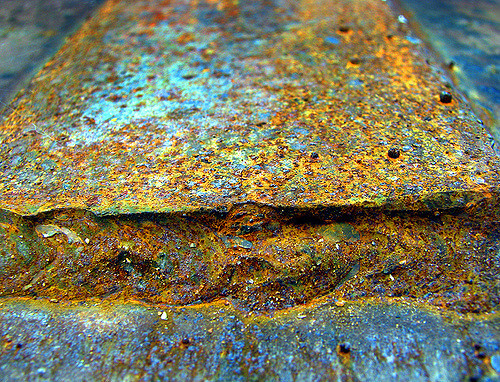
The appearance in the tailings of free gold, which is not especially finely divided, but, nevertheless, is not in a condition to be amalgamated, may be regarded as a rare occurrence, but deserves some consideration. Amalgamation is in these cases prevented by the existence of a thin film of some neutral substance over the surface […]
How to Separate Gold from Pyrite
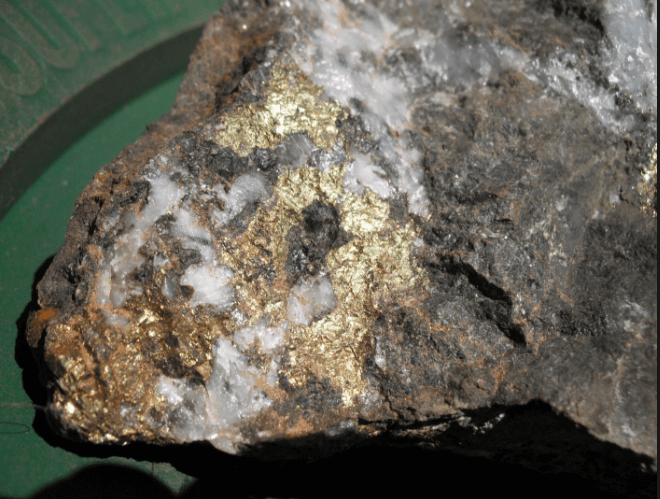
So far, no account has been taken of the loss of gold which is contained in pyrites, as it has been assumed that these are saved by concentration if they are valuable, and this subject is dealt with in earlier. Nevertheless, as this gold comes under the head of non-amalgamable gold, its physical state and […]
How Mercury & Gold Amalgamation Works

In order to keep the plates in proper condition so that successful amalgamation may be maintained, they must be prepared carefully, and the closest watch kept over them. The setting of the plates has already been described on p. 121. The silver-plated copper table is preferred in California from the ease with which it is […]
Mercury Retorting
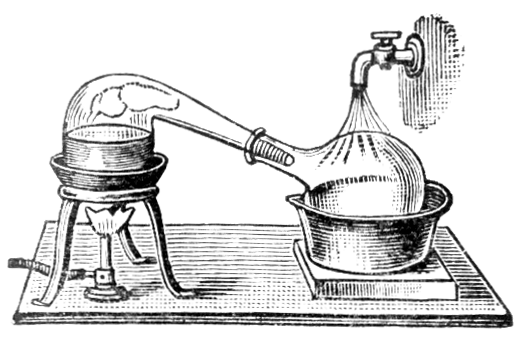
The solid amalgam, which is retained in the canvas or wash-leather filters, usually contains from 30 to 45 per cent, of gold and silver, according to the state of division of the gold present in the ore, and also to the degree of care exercised in squeezing out the excess of mercury. For separating the gold […]
Using Mercury in Gold Ore Crushing
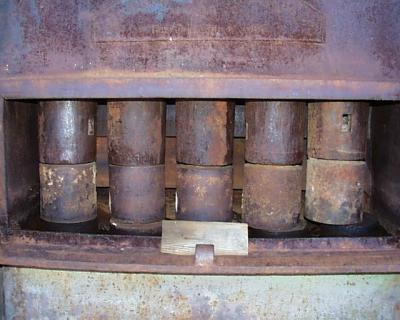
The earliest machines used for the purpose seem to have been stone mortars, in which the gold quartz was crushed by stone-hammers, or by large rocks raised by levers and let fall, whilst the fine material was subsequently washed out with water. The heavy particles of gold then settled to the bottom of the mortar, […]
Stamp Milling
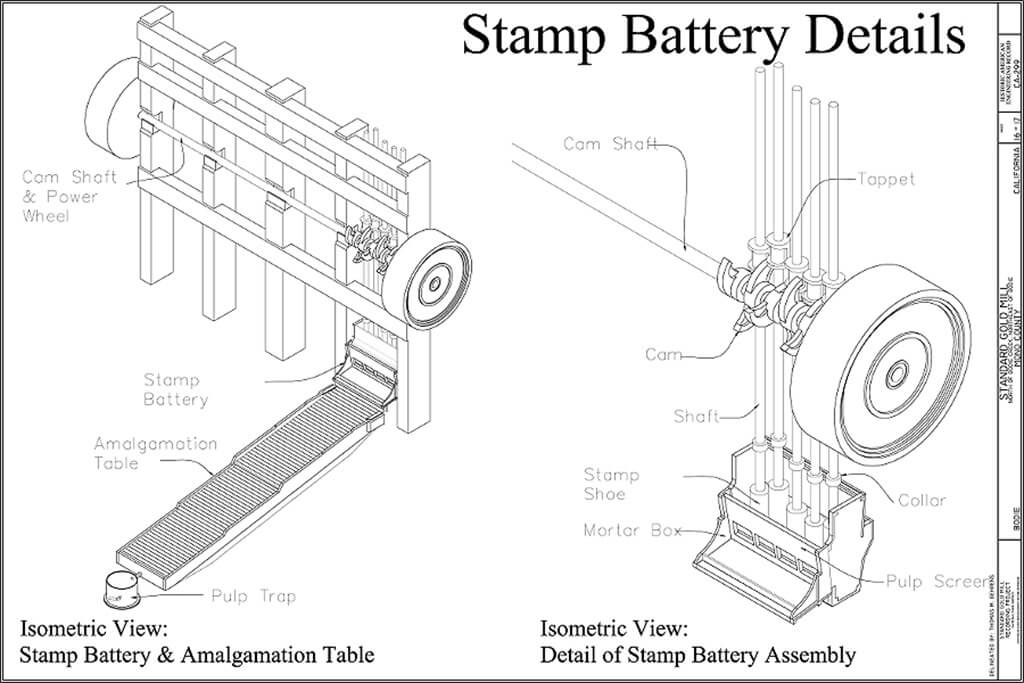
The stamp mill‘s battery evolved, no doubt, from the pestle and mortar was not introduced until a comparatively recent date. Beckmann states that mortars, mills, and sieves were used exclusively in Germany throughout the whole of the 15th century, and in France stamps were unknown as late as the year 1579. Brough has suggested that […]
Rock Breakers

There are two classes of rock breakers machines in general use: Jaw crushers with reciprocating motion, and gyratory crushers The Blake and the Dodge crushers are representative of the former class, and the Gates and Comet crushers of the latter. The Blake Crusher is shown in section in Fig. 22. The rock is crushed between the stationary jaw, […]
Hydraulic Mining
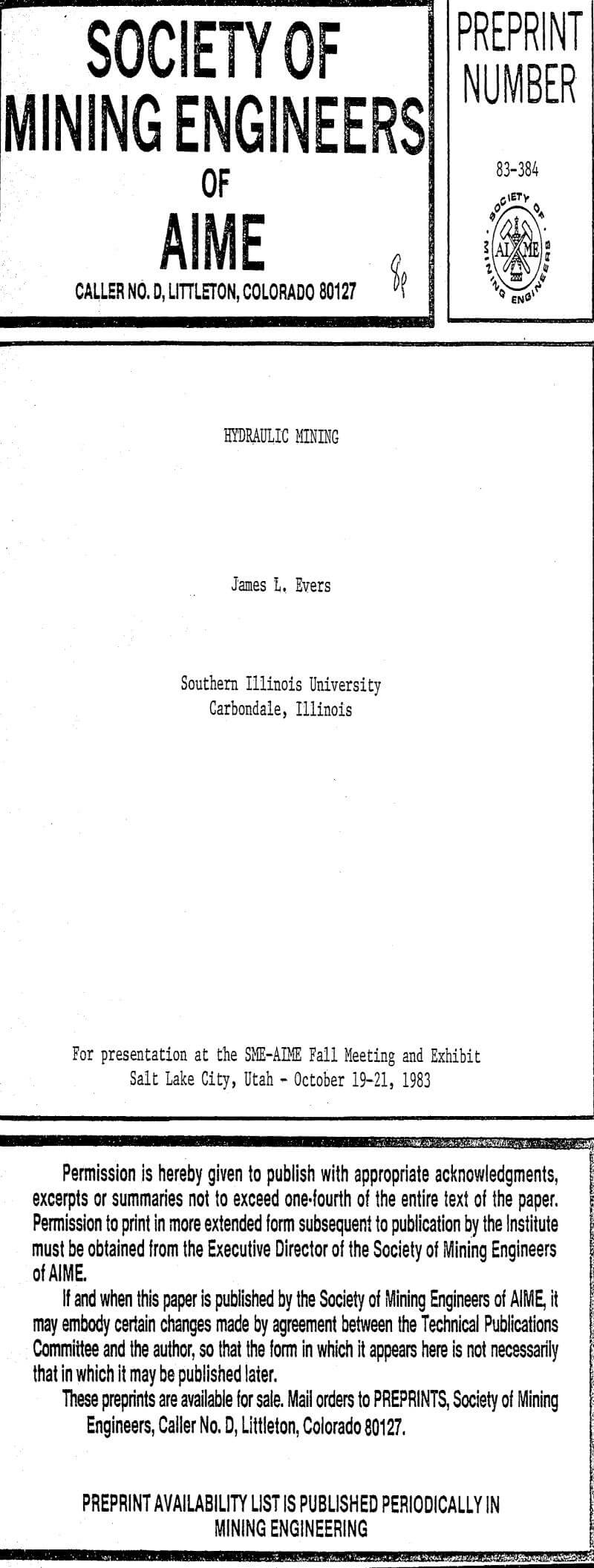
The method of working by Hydraulic Mining consists, as has been already stated, in breaking down banks of gravel by the impact of powerful jets of water, and passing the disintegrated material through a line of sluices, without the agency of hand labour. The chief requisites for the successful application of hydraulic mining are: Large quantities […]
How Gold is Deposited into Placers

The origin of the gold in deep placers has long been a vexed question. It was formerly accepted without question that the erosion of auriferous quartz lodes existing at higher altitudes furnished both gravel and gold. In support of this it was urged that the same districts which furnished auriferous gravels abounded in quartz veins […]
Gold in Deep Gravel Deposit

Both in Australia and California, besides the superficial placer deposits situated in or near the existing rivers, which in the deep canons of the Klamath and other rivers in the extreme north of California attain a thickness of 250 feet, there exist auriferous gravels which bear no apparent relation to the present drainage of the […]
